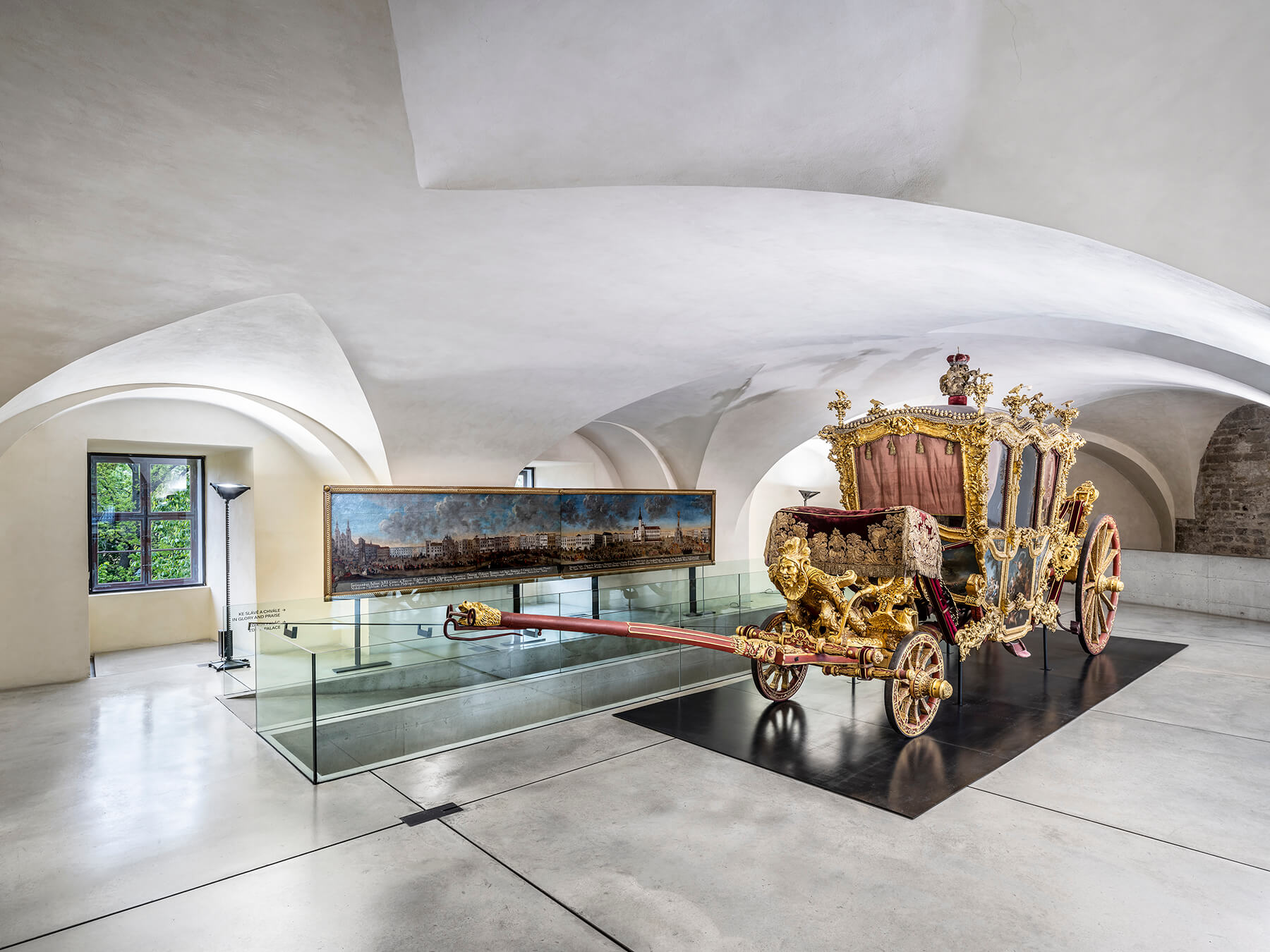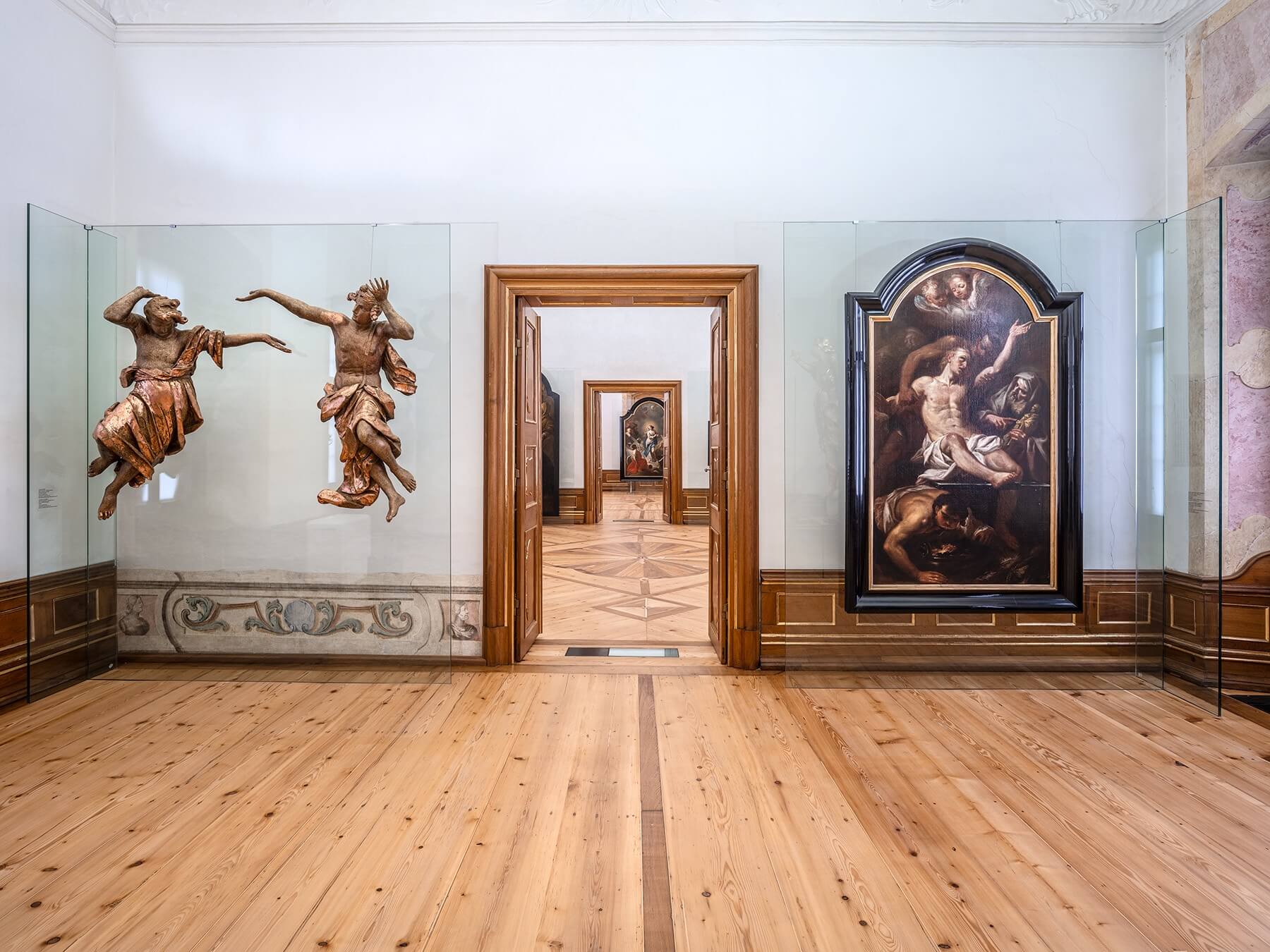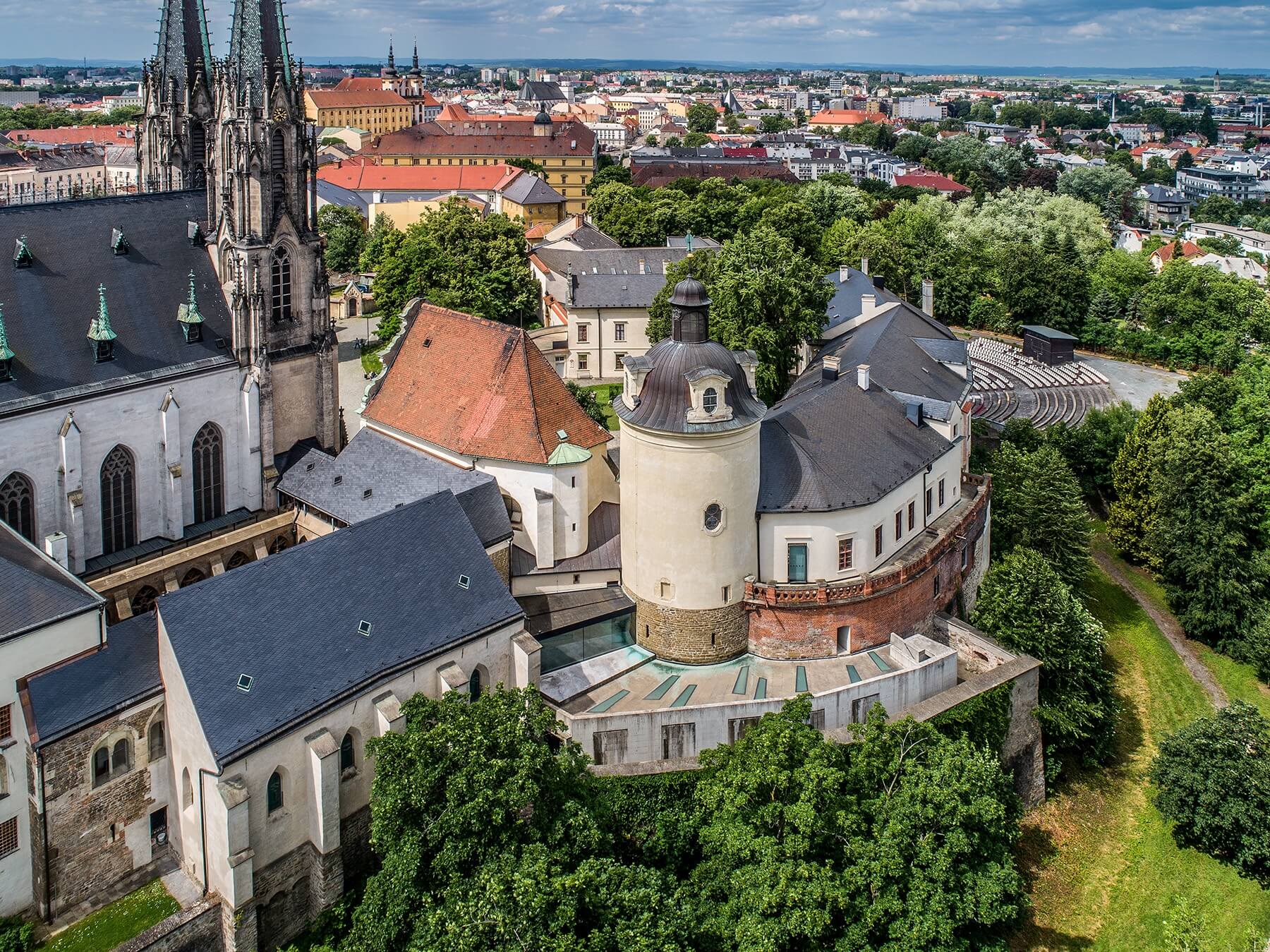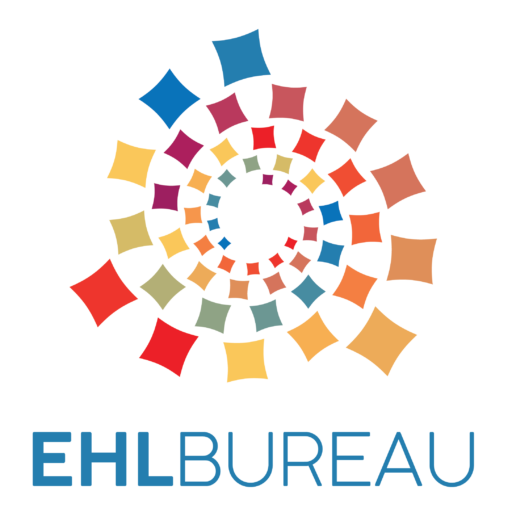This website uses cookies so that we can provide you with the best user experience possible. Cookie information is stored in your browser and performs functions such as recognising you when you return to our website and helping our team to understand which sections of the website you find most interesting and useful.
Olomouc Premyslid Castle and Archdiocesan Museum



The EHL Site
The Olomouc Premyslid Castle and Archdiocesan Museum in the Czech Republic stands on St. Wenceslas mound, a historically significant site that has witnessed continuous human activity since the Paleolithic era. Documented by archaeological findings, its history spans from the Stone Age through to the Bronze and Iron Ages, demonstrating its persistent significance as a settlement and administrative centre. During the Middle Ages, it became an important place of worship and subsequently the seat of the Olomouc bishopric.
In the Early Modern period, the mound underwent extensive architectural changes, including the construction of a Baroque residence. In the 19th century, the cathedral was significantly damaged by a fire and was rebuilt in a historicizing style. The 20th century saw the mound undergo further transformations, especially during the Communist era. In 1995, the mound was declared a national cultural monument.
In recent years, the mound has been redeveloped to house the Archdiocesan Museum, which opened in 2006. The museum showcases the mound’s rich history and cultural significance, linking its past to the present.
European dimension
The Olomouc Premyslid Castle and Archdiocesan Museum encapsulates the rich, diverse, and layered history of Europe. The site represents the European dimension through its historical evolution, architectural heritage, cultural significance, and its role as a centre of education and culture throughout different periods.
The site’s significance dates to prehistoric times, with evidence of human activity dating back to the old Stone Age. The strategic location of the promontory along the Morava River allowed for the establishment of defensive positions, making it a central point for settlement and development. This early significance is a testament to the shared human instinct for survival and community building, aligning with European values of cooperation and unity.
Throughout the Bronze and Iron Ages, the mound continued to serve as a central administrative and settlement hub. The findings of amber, an imported raw material from the Baltic Sea, indicate long-distance trade, hinting at an early form of pan-European commerce and cultural exchange. This aligns with European values of open markets and free movement of goods, which are integral to the European Union today.
In the Middle Ages, the castle became a key site for worship in the pre-Christian era and later served as a central administrative centre under the rule of the Přemyslid dynasty. It was also a significant hub for culture and education, hosting renowned scholars and artists like Wolfgang Amadeus Mozart. The site’s role as a centre of knowledge and creativity resonates with Europe’s commitment to intellectual growth and cultural exchange.
The transition of the castle throughout different architectural styles, from Romanesque to High Gothic to Baroque, reflects the broader evolution of European art and architecture. This transformation underscores Europe’s value of diversity and dynamism.
The organization
The Archdiocese of Olomouc, the Ministiry of Culture and different entities representing the museum all collaborate in the management and conservation of the building complex.
The whole museum complex underwent a complex conservation reconstruction from 1998 to 2006. Part of the project of the Prague architectural office HŠH architekti was, besides building offices, depositories, a photo studio and a refinishing workshop, the reconstruction of the building of the capitular deanery and its functional link to the Romanesque episcopal palace. HŠH architekti are the authors of the design of the architectural form of the permanent exhibition of the Archdiocesan Museum.
